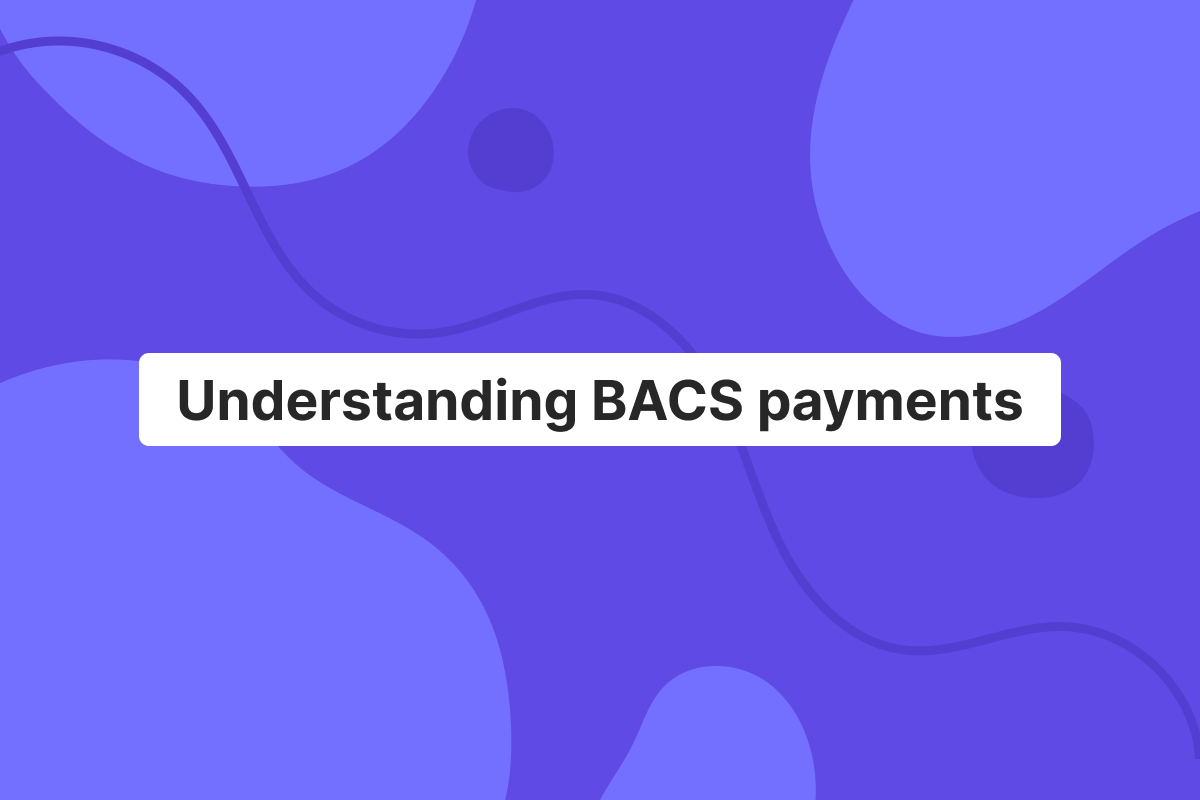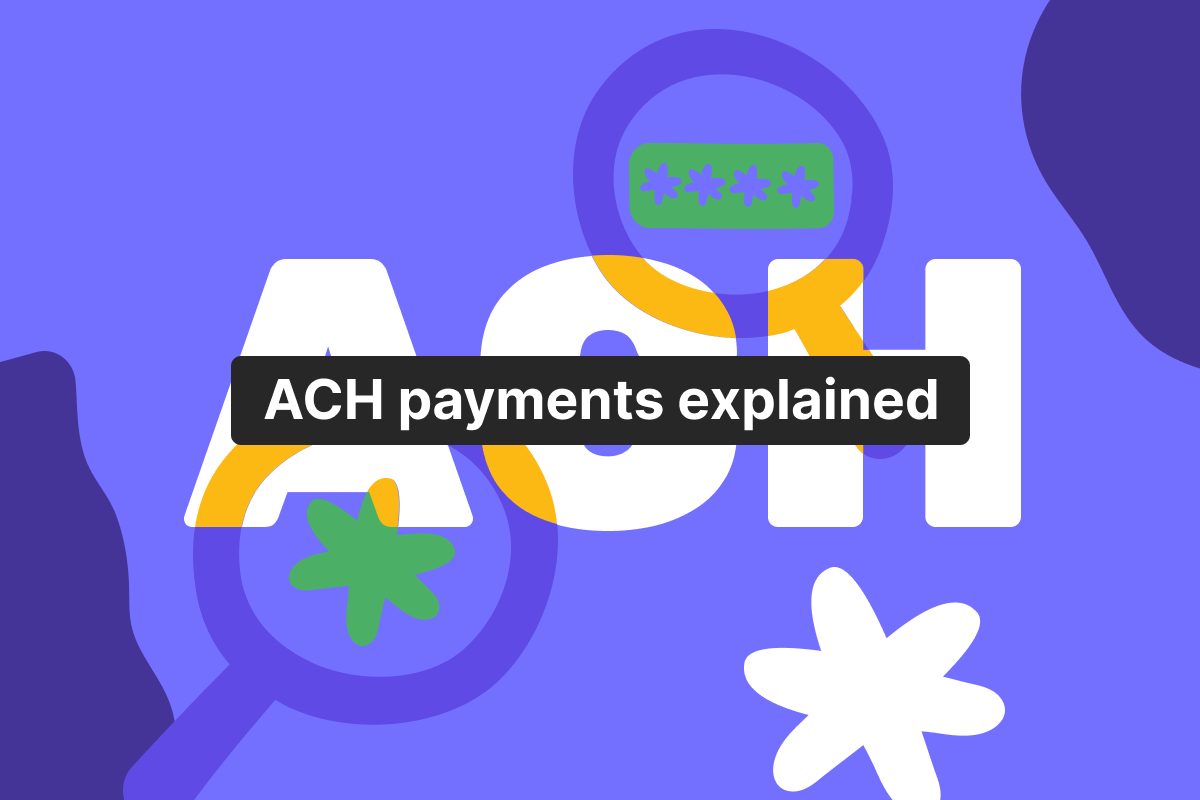Genome Blog / articles / Understanding current accounts: a comprehensive guide
Jul. 6, 2021
The article has been updated on 28.08.2024
Depending on the type of your bank account, the range of services you receive will vary. Yes, different accounts come with various pricing, offers, and, of course, functionality.
In this Genome article, we will dwell on the particularities of current accounts. We will answer the “what is a current account” question, their benefits, how they differ from savings accounts, and many more things you should consider before deciding how and where to do your banking.
What is a current account?
So, what is a current account? A current account is a no-interest basic bank account that is made and designed specifically for everyday banking use and typically has a monthly fee.
Current bank accounts have plenty of features but almost no limits regarding the number of transactions per day/week/month/etc. With such an account, you can safely deposit money into a bank and use it for day-to-day spending.
Why do you need a current account?
The main idea behind using a standard current account is direct and easy access to your funds for transactions, paying bills, and money withdrawals. They usually come with a debit card. Apart from personal usage, there are current accounts for businesses and companies.
Usually, you do not need a large deposit to open and start using a current account in most banks. Some online banking and mobile banking institutions provide different features, such as overdrafts, a debit card, and, in rare cases, even small interest rates.
Some current accounts also allow overdrafts, when a client can withdraw more funds than they have in their current account. There are two types of overdraft: an arranged overdraft and an unarranged overdraft.
An arranged overdraft is a pre-approved sum a client can withdraw beyond the amount a person currently holds in a current bank account up to an agreed limit.
An arranged overdraft typically comes with lower interest rates and fees compared to an unarranged overdraft.
An unarranged overdraft, which occurs when you spend more than your current account balance without prior approval, can have serious consequences. It usually incurs higher fees and interest rates than an arranged overdraft.
Types of current accounts
Now that we answered the “what is a current account” question let’s overview the main types of current accounts.
Individual current accounts
What is a personal current account (aka individual current account)? It is all in the name – this is a standard current account for individuals to perform day-to-day financial operations and for spending money with a debit card.
Usually, an individual current account is a deposit account with no interest rate and minimum balance requirements. However, the monthly average balance for this bank account is stipulated.
The rest depends on your financial provider: you can get mobile banking and internet banking options, checkbooks, and debit cards, as well as the set monthly number of transactions and their fees.
Banks offer different types of individual current bank accounts. For instance, a student bank account has a range of benefits tailored to the needs of students.
Joint current accounts
A joint current account is a bank account designed for more than one user. It means there will be two or more current account holders for the same account.
Such a current account is best suited when you and your partner, business partner, friend, or family member need to store funds for a certain goal and make purchases.
Joint current accounts work best for close relatives or business partners. For example, a married couple can use such an account to pay bills. Joint accounts are also common for committees or organizations so that a few people have access to the funds and account.
Business current accounts
These are basic bank accounts that provide services to businesses. In addition to regular payments and common current account services, they also offer more company-oriented features, such as multiple-user access, higher transaction limits, and tools for payroll management.
Premium current accounts
This type can be considered an improved version of a standard current account, as it comes with additional perks, such as access to exclusive rewards, discounts, European breakdown cover, or even mobile phone insurance.
These bank accounts are mostly for those who make many financial transactions and can afford to pay additional fees for extra services.
Packaged current accounts
A packaged current account includes special offers in a package with a general current account. Of course, the range of such services is up to the finance provider, and a monthly fee for using them can be high.
For example, some bring medical and traveling insurance, free airport lounge passes, breakdown cover, cashback, special discounts, etc., to the table.
How to open a current account
When it comes to everyday banking and financial services, a current account is a basic necessity compared to other accounts.
How do you open a current account? Let’s go through the process.
1. Choosing the right bank
Check which financial institutions and mobile banking apps have the feature available. Most banks offer it, but the conditions and fees differ.
For instance, if you want to open a new account or upgrade an old account, you can start Genome’s personal account, which is available if you’re an EU or UK resident.
2. Gathering required documents
Get the documents necessary to open the account. For a Genome personal account, you just need your ID.
3. Filling out the application
Fill out the application for the account, where you will provide the information about yourself: full name, address, phone number, etc.
4. Initial deposit requirements
Check how much you need to deposit into your current account for it to work.
5. Verification process
Complete the verification process. If you’re onboarding inside Genome, it takes place completely online.
Once you get a personal account within Genome, you gain access to a multi-currency feature, allowing you to manage your money and store funds in 3 currencies: EUR, USD, and GBP. You can have up to 5 other accounts per currency.
Transferring money is easy as well, as we offer SEPA payments and Genome’s internal transfers.
Last but not least, you can get a Visa contactless debit card that is compatible with Google Pay, Apple Pay, and Garmin Pay. Both virtual and physical debit cards are available, and you can issue as many cards as you need for your day-to-day spending. Use our card abroad or at home at any place where Visa cards are accepted.
Benefits of a current account
Even though current bank accounts seem like nothing special and allow regular financial transactions, they have some important advantages. Let’s have a look:
- Prompt financial transactions. Because your funds are stored in the bank’s vault, you can do all the operations anytime. Meanwhile, a savings account may have limits on withdrawals or transfer capabilities, depending on the type of bank account used.
- Minimal withdrawal limits. The same goes for withdrawal limits. You can make withdrawals in many different ways, not only from ATMs. You can make money transfers and direct debit payments using the debit card linked to your current account.
- No deposit limits. You can deposit as much money as you want whenever you want. You can also do it in numerous ways: transfers, cash deposits, etc. Most financial services providers require only a small first deposit to open a current bank account.
- Overdrafts. Overdrafts are an important feature of current accounts for cases when you have to overspend. Remember that the sum you can “borrow” from the bank differs with every financial provider and PSP.
- Easier access to credits. If you have a banking history with a current bank account, it’ll be easier to apply for credit and receive it in the future. Even if you’re using overdrafts frequently but pay back in time, such statistics and data will benefit your credit history.
Drawbacks of a current account
As in the case of many financial services, a current bank account also has some disadvantages. Without a doubt, the pros outweigh the cons here, but it’s still worth paying attention to some of the drawbacks of using current accounts:
- There is no interest on deposits;
- Additional financial services usually come at higher prices, and there’s also a monthly fee;
- You might have fees for not maintaining the required monthly balance;
- The fees for using overdrafts can be pretty high;
- Some financial institutions can limit the number of payments or withdrawals you can make with your current account.
Current account vs. savings account
At the beginning of the financial services journey, it is common for a client to choose between these two options: a current account or a savings bank account. These basic bank accounts differ quite a lot.
The major difference between these two lies in easy access to your funds. A savings account is used to make long-term deposits and receive interest. It means that you don’t use your money but receive interest instead. Meanwhile, the bank is using these funds to give loans to other people, for instance.
A current bank account is opened for everyday use and regular payments. You can deposit it and withdraw funds as much and as often as you want to. There’s no interest here, but the limits for transactions can be quite high.
Conclusion
A current account is a necessary tool for anyone who wants to store funds and make payments. With multiple types of accounts existing, it is important to consider the fees and services they offer to choose the best option.
FAQs
What is the difference between a current account and a checking account?
Previously, we answered the question, “What is a current account?” but what about checking accounts? Well, these two are the same; some countries just use different names for this service.
You might have heard the current account name if you’re a UK resident, while the checking account name is used among the US and Canada account holders.
Can I earn interest on a current account?
Usually, they don’t offer credit interest. You’ll need to find a specific current account for this service, but the interest is still likely to be lower than with savings accounts.
What documents are needed to open a current account?
Each bank can have special requirements for opening a current bank account. If you want to open a personal account, you will need to submit an application and provide your personal, employment, and residence information.
Are there fees associated with current accounts?
Yes, but the fees differ depending on a financial institution/mobile banking app. Usually, these include monthly maintenance fees, overdraft charges, and ATM fees for using out-of-network machines.
Can I have multiple current accounts?
Yes, you can. Inside Genome, for instance, you can have up to 5 accounts per each offered currency: USD, GBP, and EUR.





